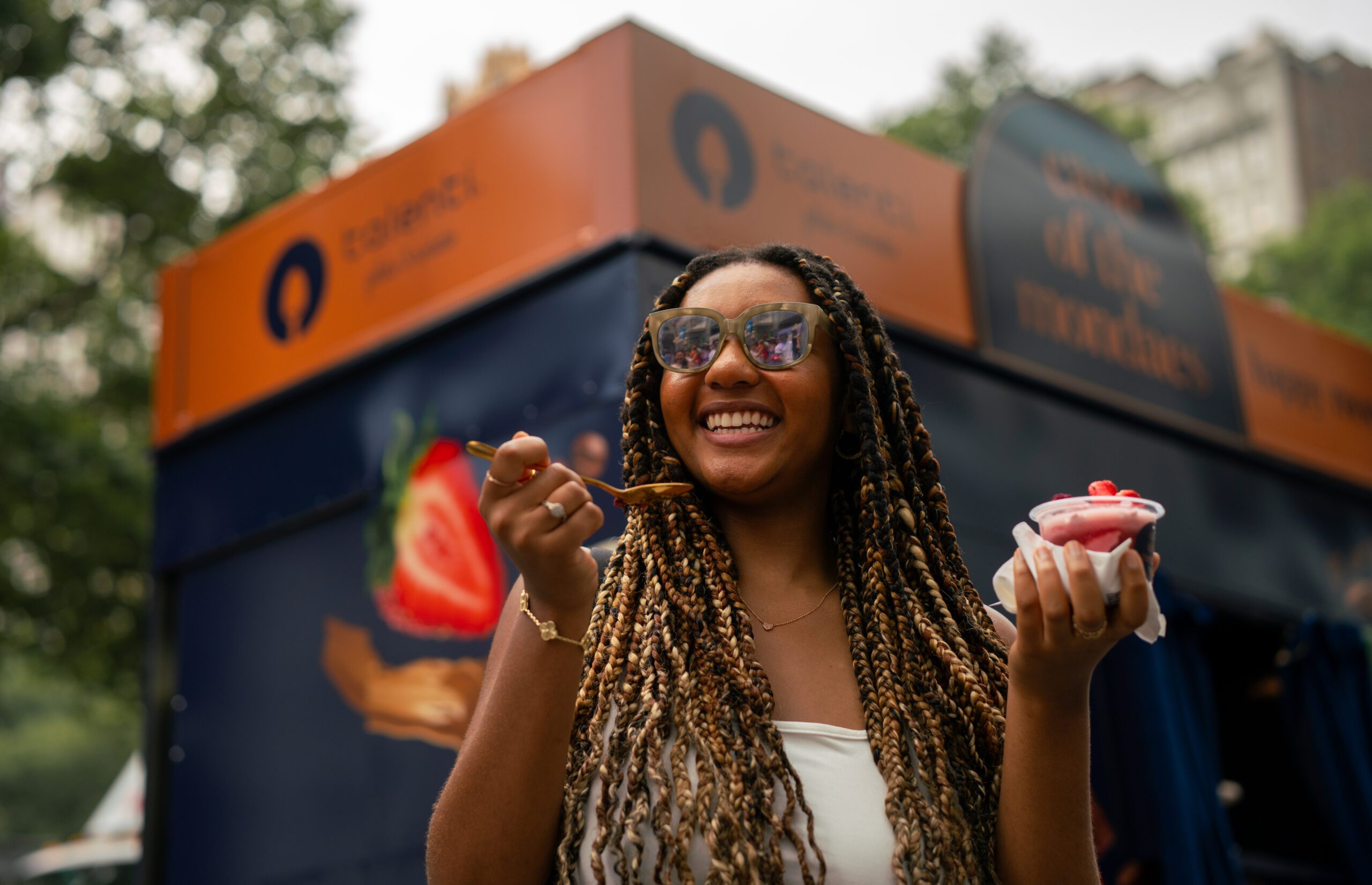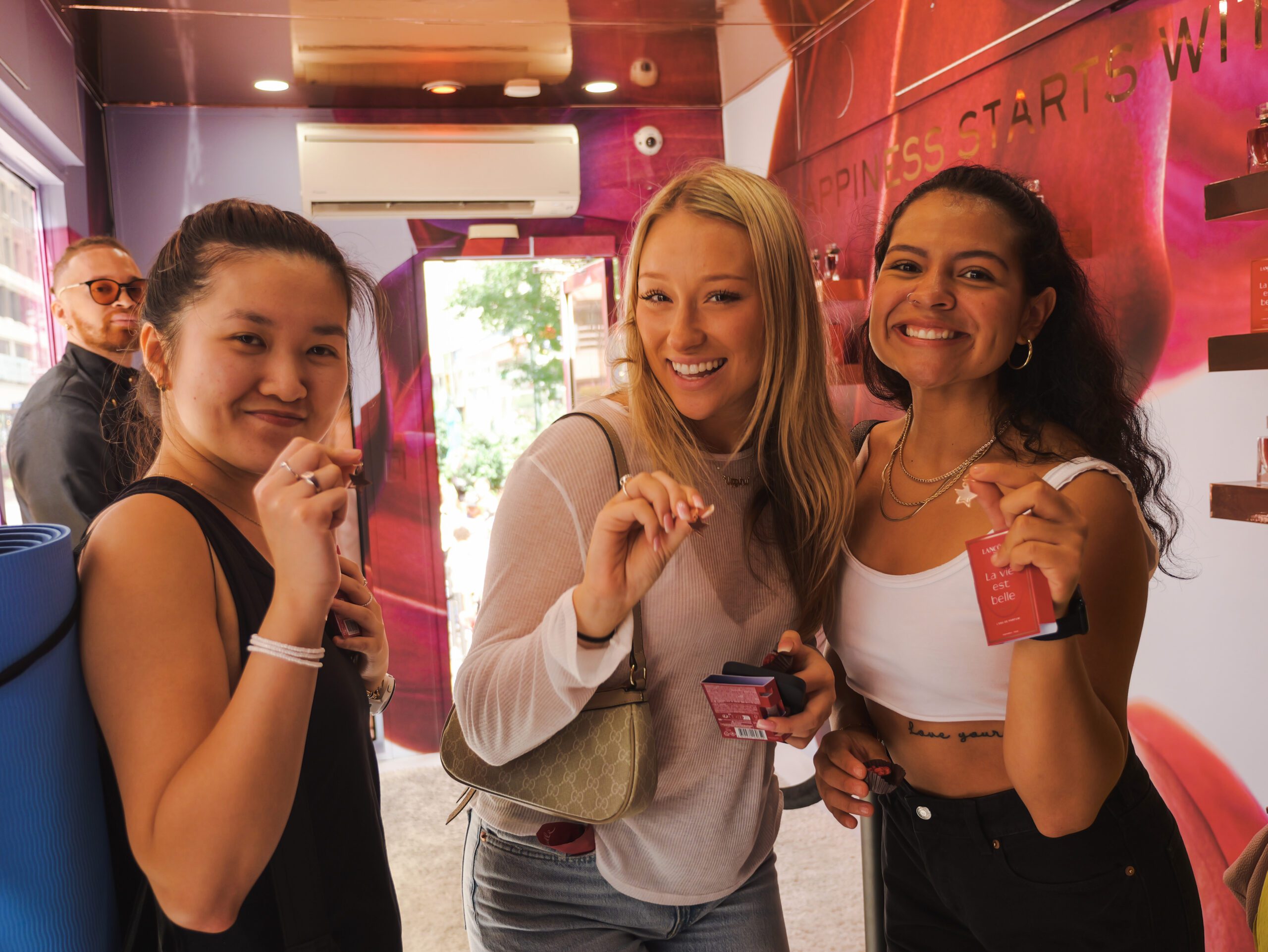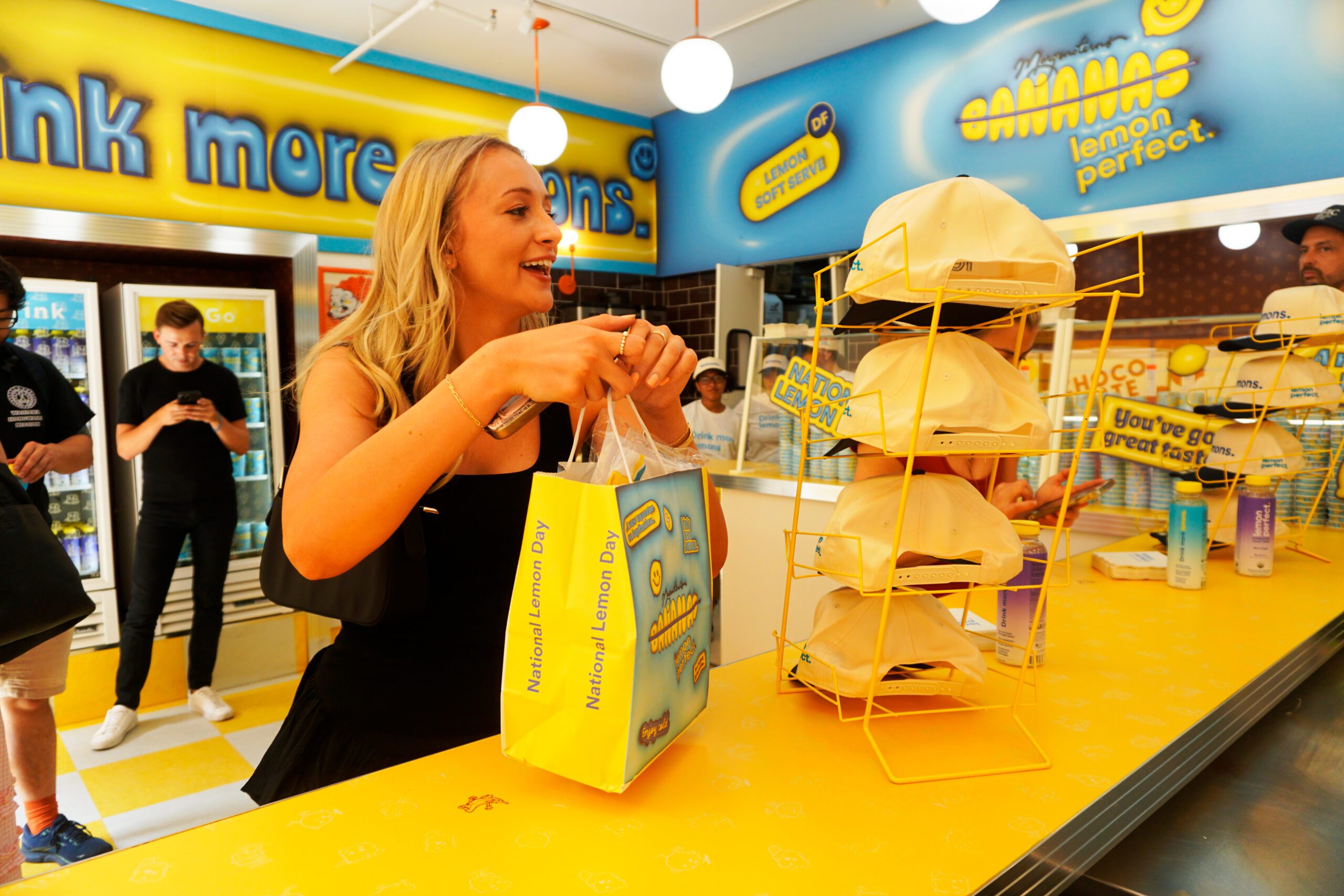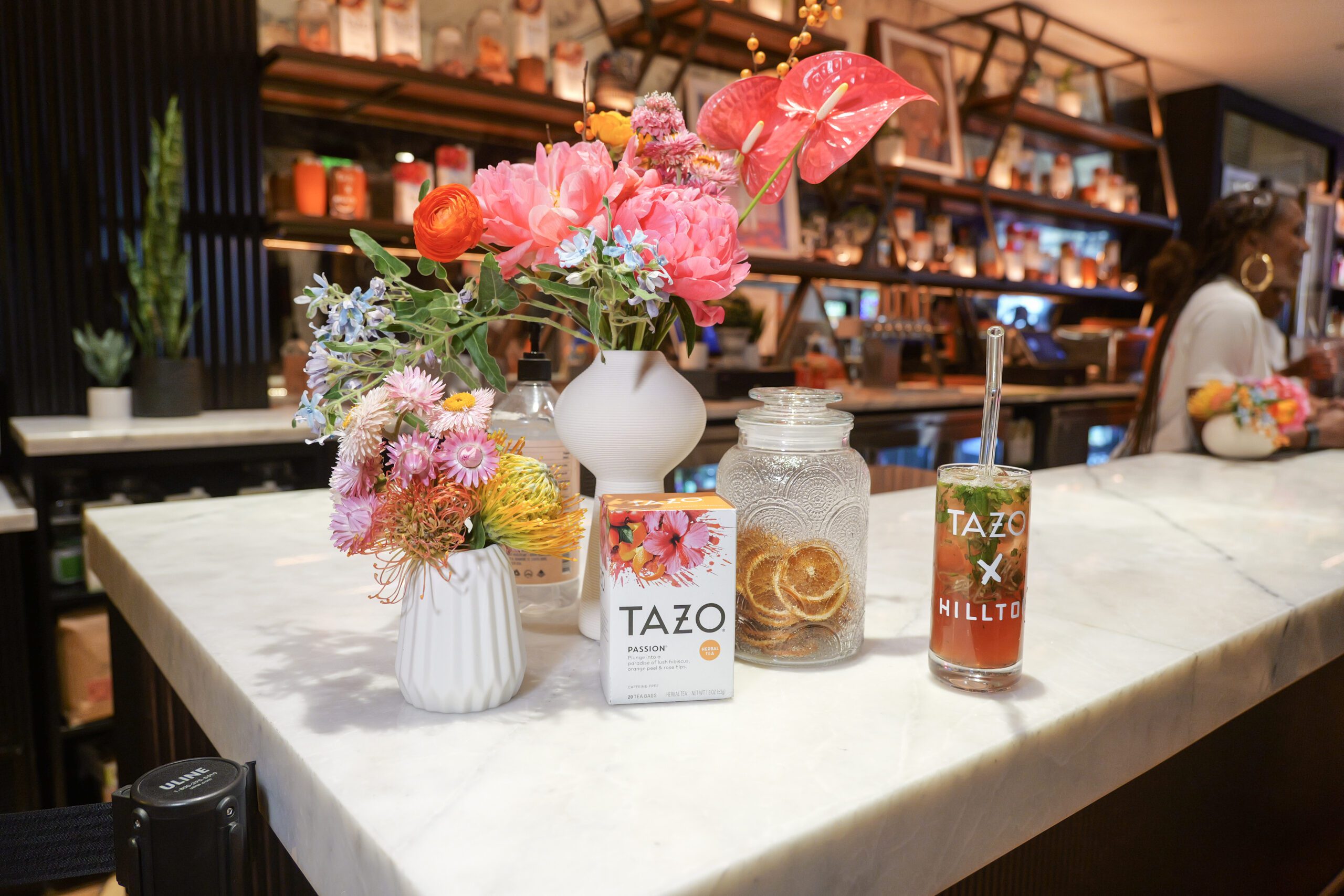
- Measuring Success
Brand Switching: Draw Customers Away from Your Competition
Every brand, from multinational corporations to mom and pop boutiques, faces competition. Whether you’re a relative newcomer or a long-established brand, at some point real growth and market share can happen only by attracting competitors’ customers — and that requires persuading consumers to break their loyalty with your competitor and align with your brand. This is called “brand switching.”
Brand switching is “converting a long-term consumer of a particular brand to a loyal consumer of another brand,” says an article on business.fetch.com. In other words, it’s “the opposite of brand loyalty.”
Inspiring consumers to switch brands is a different proposition from finding new customers. As an article on indeed.com points out, customers who switch are typically the kind of customers who regularly buy from specific brands, rather than those who are “brand agnostic,” meaning they don’t consider brand at all when making purchasing decisions. Brand agnostics make decisions based on factors like cost; brand loyalists connect with a brand on some other level and consistently purchase from that brand until something gives them a reason not to.
Because experiential marketing focuses on creating emotional, first-hand connections that inspire brand loyalty, brand activations and pop-ups are powerful tools for drawing competitors’ loyal customers into your fanbase.
Understand Your Audience
Run surveys, add quizzes to your website, analyze customer reviews, and collect data at your experiential marketing, sampling, and pop-up events to build a complete picture of who your customers are, why they chose your brand, and what they like or dislike about your brand.
Prowl your competition’s website, online reviews, and social media to find out how the competitor presents itself, how it communicates with customers, and what customers like and dislike about the brand. “One of the distinguishing characteristics of the internet is that people speak their minds,” notes the MSU article, which makes sites like Yelp and Amazon invaluable sources. “Google also offers users the chance to review businesses, all of which is available for free online.”
Perhaps counterintuitively, speak to your newest and former customers, says an article on Michigan State University’s (MSU) website. “If a new customer once got their product or service from another business, ask them why they made the switch.” Find out why former customers stopped buying from your brand, and why they chose a competitor, and vice versa.
Uncover Consumer Expectations
Customer satisfaction is tied to consumers’ expectations, according to research by Dr. Sarita Rata, an associate professor at MSI. “Customer satisfaction is mainly a mental comparison between expectations and the perceived performance after a specific purchase,” according to her studies. “Dissatisfied customers are more likely to search for what satisfies them in services provided by other competitors.” Uncovering customers’ expectations is an important piece of figuring out how to poach them from competitors (and hang onto your own).
All of this research can tell you how your brand is perceived, what expectations consumers have, and what if any pain points they experience in dealing with your brand or type of product generally. It can tell you the same about your competitor.
From this research, identify some key insights: What seems to be your brand’s greatest strength? What is your competitor’s greatest weakness? What expectations do consumers have for both you and the competition? These insights can inspire messaging and design of your brand activation or pop-up.
Differentiate your brand from the competition.
To get brand-loyal consumers to switch their loyalty to your brand, you must communicate how your product differs positively from competitors’. Working from insights developed through research, look for points of differentiation.
According to SurveyMonkey, once-loyal customers switch for four main reasons: price, brand image, product innovation/stagnation, and customer service. When designing your activation, pop-up, or other experiential marketing, consider which of these are weaknesses for your competition, and build into the event some ways to communicate that you’re the stronger brand on those points.
Price
“Loyal customers will continue to buy your brand, regardless of price — up to a point.” When price exceeds customers’ perceived value for the product, they’re apt to switch. Find out what your competitors charge, and consider whether to try to beat them on price vs perceived value. If your product is more expensive than competitors’, entice customers to try your brand via sampling. Offer coupons, or other cost-saving incentives to give your product a try. Alternatively, increase the perceived value of your brand by emphasizing quality aspects, such as ingredients, that add value that exceeds the price difference.
Brand image
Brand image can also play a powerful role in brand switching. “When a brand has been around for a long time, it can begin to feel dated,” says an article on surveymonkey.com. “People … [may be] seeking something that feels new and fresh.” If your competitor is a long-established brand with “classic” packaging or features, brand image could be a strong differentiator for your brand.
Building immersive elements into your activation or pop-up can provide the jolt of the new and unfamiliar that sways consumers to switch brands. Oversized props inject both visual appeal and even humor into an activation. Virtual reality and other technologies such as photo booths can give attendees a fresh, immersive way to meet and interact with your brand.
Product innovation/stagnation
If a brand’s main product “lacks innovation when other brands are leaping forward, customers will brand switch,” says SurveyMonkey, citing Apple’s iPhone as an example of a product that has stayed relevant through constant innovation. Turning your competitor’s lack of innovation to your advantage could be as simple as messaging that emphasizes your brand as a more modern alternative. The design of your experiential marketing campaign can emphasize your brand’s fresh, contemporary take on the product by offering a visual and sensory experience reflective of current tastes and trends. Partnering with complementary brands — such as a chip brand with a salsa brand — that are also innovative can drive home the point.
Customer service
Many people leave brands whose customer service is lacking; poor customer service is the enemy of connection between brand and consumer. Activation elements that highlight customer service, such as one-to-one consultations at a pop-up shop, or specific mention of fast shipping or a generous return policy, can provide compelling contrast. Social proof such as positive reviews for your brand, social media interactions and user-generated content, or a collab with an influencer can demonstrate the value the brand places on its customers’ opinions and nurturing the relationship.
Regardless of the specific points of differentiation, focus on creating unique, immersive experiences that directly engage your target audience. The magic of experiential marketing is its ability to create immediate, personal connection between your brand and consumers, and to tell your brand’s story in a powerful way. Maximize this interaction by highlighting your brand’s distinct value proposition through interactive and immersive events, pop-up shops, and collaborations.
Promobile Marketing is a dynamic experiential marketing agency based in New York City. For over a decade, Promobile Marketing has collaborated with a range of brands—from budding startups to major CPG brands—on immersive marketing campaigns. Get in touch to discuss your next project.


